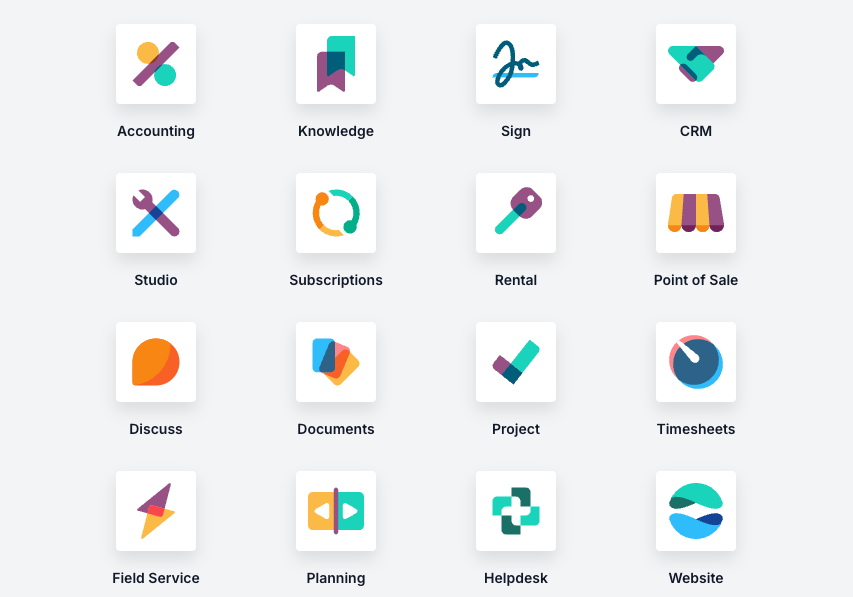Why Odoo Faces Challenges as a CMS - The Missing Elements
Table of Content
Odoo is widely recognized for its robust ERP features, but it also serves as a capable CMS. It excels in simplifying site setup, supporting multiple websites, and offering a powerful user-friendly WYSIWYG web editor.
However, after extensive testing, I found that building websites with Odoo isn’t as straightforward as it initially seems, which made me disappointed.

What Makes Odoo CMS Stand Out?
Odoo’s CMS offers seamless integration with its ERP ecosystem, making it ideal for businesses already using Odoo for operations.
The ability to manage multiple websites from a single instance is another major advantage, as is the ease of editing with its drag-and-drop builder.
These features make Odoo attractive for companies looking for an all-in-one solution.
What’s Missing?
Despite its strengths, Odoo CMS falls short in areas critical to advanced website creation:
- Custom Collections: The CMS lacks the ability to create and manage custom collections for organizing content effectively.
- Custom Fields: Adding unique fields for items or posts is cumbersome, limiting flexibility for tailored content.
- Editor Blocks: Predefined and customizable editor blocks are absent, making it harder to create visually engaging pages.
These limitations make it less appealing for users accustomed to the versatility of platforms like WordPress.
Why Don’t People Use Odoo as a CMS?
The main reasons Odoo CMS is overlooked are:
- Steep Learning Curve: Its interface and workflow can be confusing for non-technical users.
- Limited Flexibility: The lack of advanced customization options makes it less suitable for content-heavy or highly creative websites.
- Community Focus: Odoo is primarily known as an ERP solution, so the community’s focus remains on operational modules rather than CMS capabilities.
- Cost: While Odoo offers free and open-source versions, many CMS-related features require paid enterprise modules, making it less attractive for budget-conscious users.

Can You Backup Odoo Websites?
Yes, you can back up an Odoo website by exporting your database and file storage. Odoo provides tools for creating manual backups, which can be automated for consistency. The process ensures you have a copy of your content and settings in case of data loss or migration needs.
Can You Migrate an Odoo Site to WordPress?
Migrating an Odoo site to WordPress is possible but not straightforward. Content needs to be exported manually or via custom scripts, and the structure may require reconfiguration in WordPress. While plugins can help with migration, the lack of direct tools makes this process time-consuming.

Recommendation for Odoo Developers
To enhance Odoo CMS’s appeal, developers should:
- Introduce custom collections for better content organization.
- Allow custom fields to give users more control over their posts and items.
- Add predefined and customizable editor blocks to streamline content creation.
- Create more demo websites that showcase Odoo CMS’s full potential, inspiring users and reducing the learning curve.
Odoo’s potential as a CMS is undeniable, but with these improvements, it could become a serious contender in the competitive CMS market.












